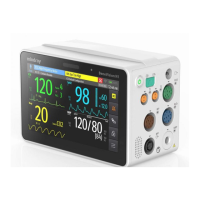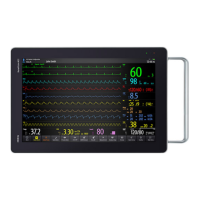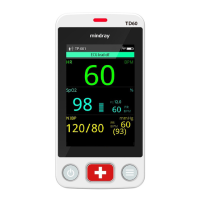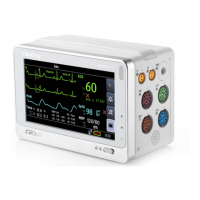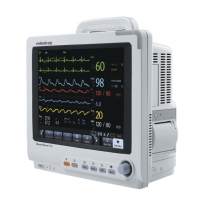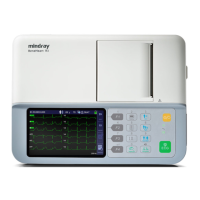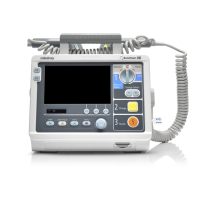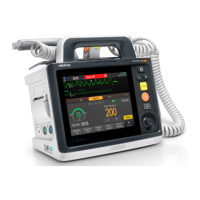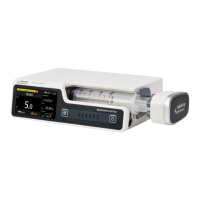BeneVision N Series Patient Monitor Operator’s Manual 17 - 9
17.7.2 Preparing to Measure PAWP
To prepare to monitor PAWP, follow this procedure:
1. Connect the IBP transducer, the IBP cable and the module. For more information, see 17.3.2Measuring an
Invasive Blood Pressure.
2. Follow the manufacturer’s instructions to connect the PA port of the thermodilution catheter and the
patient end of the IBP transducer.
3. Zero the IBP transducer. For more information, see 17.3.3Zeroing the IBP transducer.
4. Set the IBP label to PA since the PAWP is measured on PA. For more information, see 17.6.2Changing the
Pressure Label.
17.7.3 Measuring PAWP
To measure the PAWP, follow this procedure:
1. Select the PA numeric area or waveform area to enter the PA menu, and then select PAWP.
2. Wedge the flotation catheter into the pulmonary artery by observing the PA waveform changes on the
screen, referring to the following figure.
3. Select Start.
4. Inflate the balloon and pay attention to PA waveform changes on the screen when the prompt message
Ready For Balloon Deflation appears.
5. Deflate the balloon when the prompt message Ready For Balloon Deflation appears. If the PA waveform
is stable yet the monitor still not show the prompt message Ready For Balloon Deflation, select the
Freeze to freeze the waveform, and deflate the balloon.
6. Select Accept to save the PAWP value.
7. If you need to start a new measurement, repeat the step 3 to step 6.
If the measurement fails or you need to adjust the PAWP value, you can use the following buttons to adjust the
PAWP waveform and measurement.
■ Select the up or down arrow button to adjust the PAWP value.
■ Select the left or right arrow button to view the frozen waveforms of 40 seconds.
■ Select Accept to save the PAWP value.
• Prolonged inflation can cause pulmonary hemorrhage, infarction or both. Inflate the balloon for the
minimum time necessary to get an accurate measurement.
• If the PAWP is greater than the PA (systolic), deflate the balloon and report the incident in
accordance with hospital policy. Because the pulmonary artery could be accidentally ruptured, and
the PAWP value derived will not reflect the patient’s hemodynamic state, but will merely reflect the
pressure in the catheter or balloon.
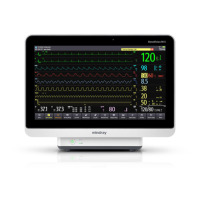
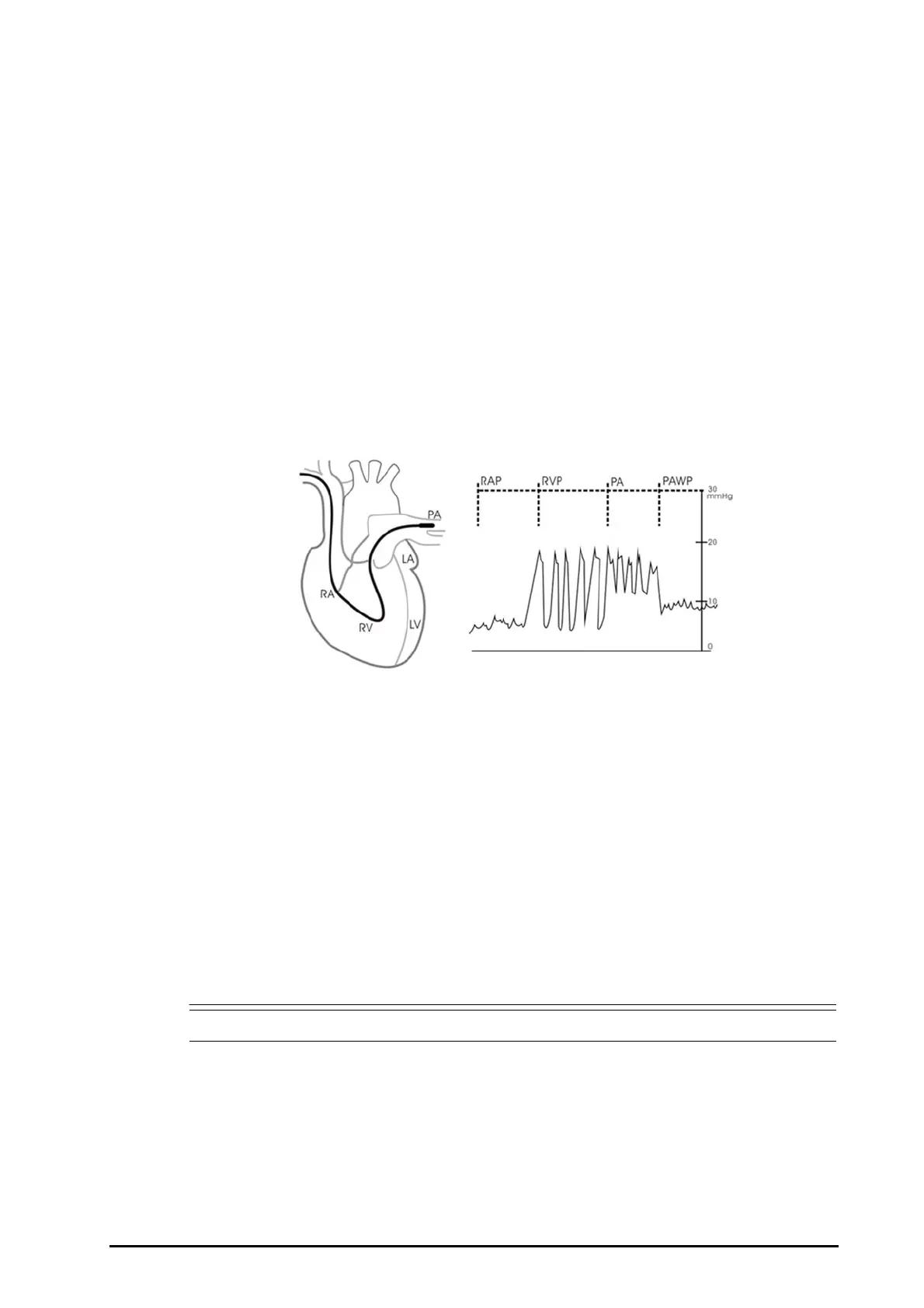